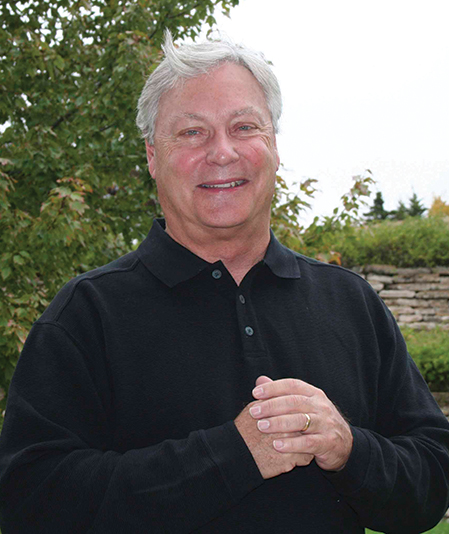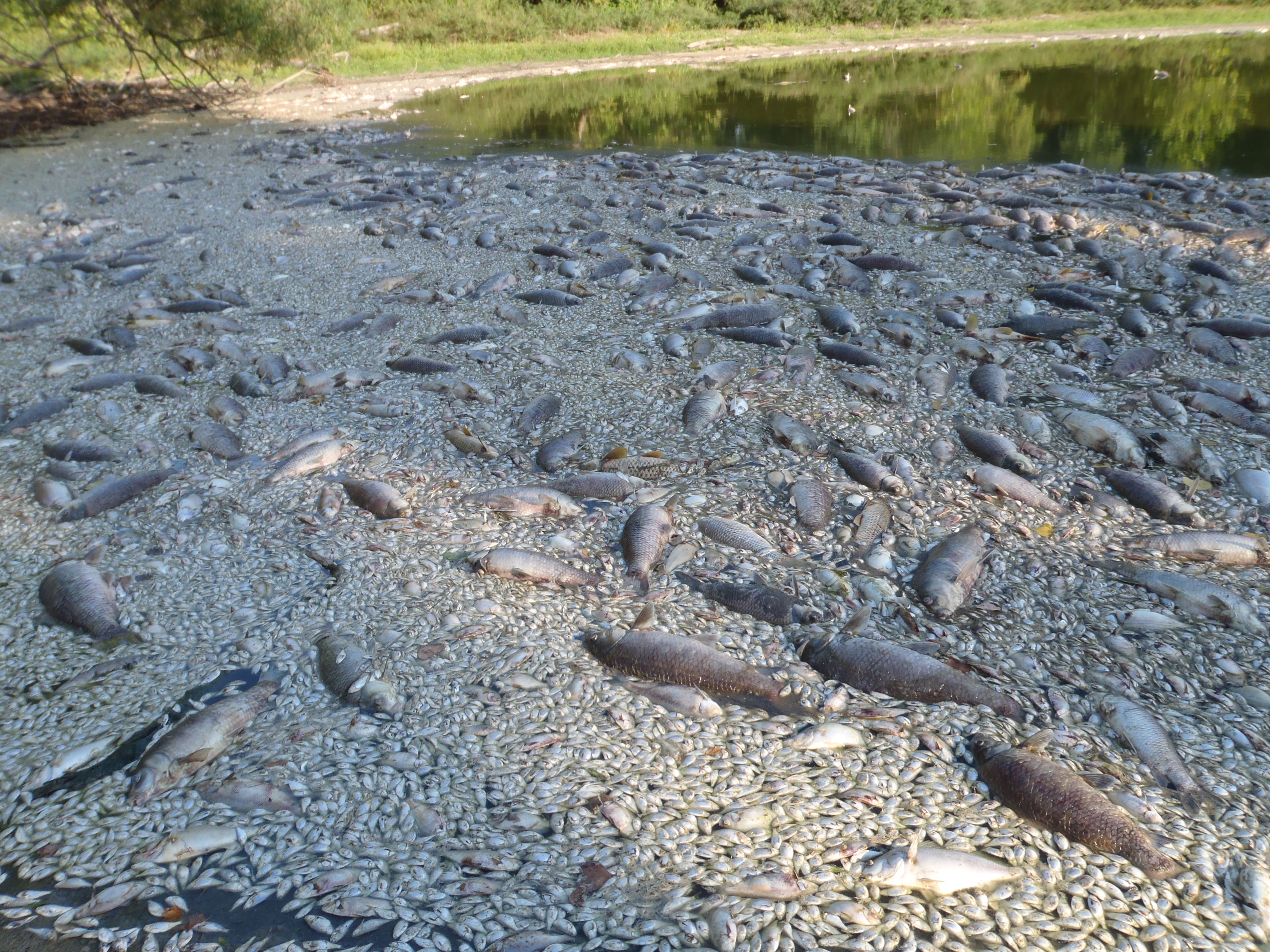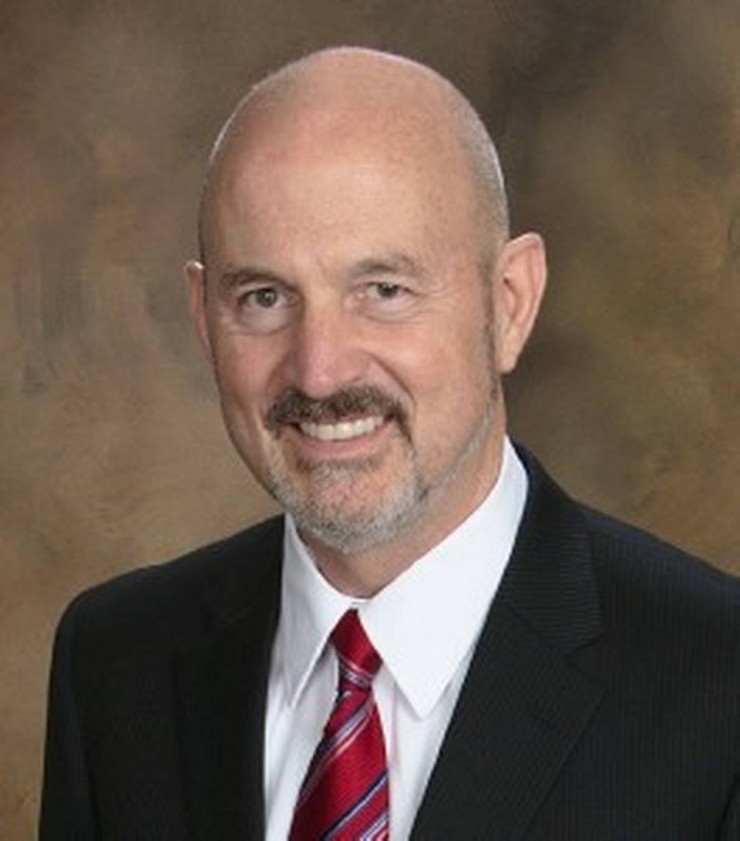Last night, the world was shaken again by a disgusting act of violence. What makes this bombing so much worse than others was its target; a youth concert. The Manchester concert bombing was horrific, as are all terror attacks, but this one targeted teenage children out to enjoy music and celebrate life. This concert was the type of event I would send my own young daughters to. And I would expect them to laugh and sing until late and then I would gently tuck them into their beds happy with the world I have helped shape for them. Every parent has the same purpose in life: to do everything in their power to care for their children and leave them a world better than the one we were given. Today, none of us can say this. No parent should say, “I’ve done all that I could to promote peace, to teach tolerance, to unite the world rather than divide it in anger and violence.” You may want to blame one radical, you may choose to blame one religion, you may also blame one region of the world but you would be wrong.
You are not required to embrace Islam, that’s your choice. I wish you could have the same tolerance for their faith as you’d expect of them for yours. Religious freedom requires that you allow each and every faith to worship in accordance with their beliefs, as long as those beliefs do not directly harm others. Nothing in the Koran calls for this violence. Nothing. I know, I’ve read it. Just as nothing in the Bible calls for the horrific acts of the Klan, or the Crusades, or the church murders committed by Dylann Roof. These acts are committed by angry twisted souls who’ve lost all humanity. But rarely does anyone become radical in a vacuum.
Our mainstream and now alt-news media most certainly aid in the spread of terror, for the true goal of terrorism is to broadcast fear and there is no better way than wall-to-wall media coverage. Were they to abruptly stop covering them, or rather to stop sensationalizing them, terror acts would decline dramatically. Our foreign policy needs to be reviewed. All those Americans now angry at ‘outside political influence’ in our recent presidential election should be aware of just how many foreign elections we have not merely ‘influenced’ but rather staged!
But most importantly, our political choices most assuredly need to be evaluated. We must stop electing angry war-mongers who seek to use your fear as their campaign slogan. Stop giving power to angry men who are so eager to feed the Dogs of War. Feeding these dogs only makes them more powerful, it only expands the appetite for more war. What is far worse is that only a tiny few of these War Hawk politicians have ever actually served in a military campaign like the ones they so willingly will send your sons and daughters off to fight and die in. Even more rare is the politician willing to send his own sons and daughters off to serve our national defense. Why? Because they know full well it is not national defense. It is something far uglier. It is profit. It is service to donors. It is loyalty to party. I don’t care which party you identify with, both have authorized military action without authentic justification. Both have increased taxpayer burden to buy weapons systems merely because it meant campaign contributions. Both have subsidized our war machine with American dollars and far worse, with American blood.
To quote President Dwight D. Eisenhower, Allied Commander during WWII, “Every gun that is made, every warship launched, every rocket fired, signifies in the final sense a theft from those who hunger and are not fed, those who are cold and are not clothed.” Also remember, that every bomb dropped on foreign soil, every civilian casualty in the interest of American Occupation, serves as a recruitment tool to weaponize radical extremists. War never extinguishes war, only peace does that.
Alan LaPolice served as a Combat Infantryman on the front lines of the First Gulf War. He also nearly won the Republican Primary in the 2014 1st Congressional District race and ran again as an Independent in 2016.











 Remember last November, when 56.6 percent of Kansans who had a little spare time on Nov. 8 voted for President Donald Trump, then down lower on the ballot voted for legislators who vowed to be moderate, work across-the-aisle, and fix Kansas?
Remember last November, when 56.6 percent of Kansans who had a little spare time on Nov. 8 voted for President Donald Trump, then down lower on the ballot voted for legislators who vowed to be moderate, work across-the-aisle, and fix Kansas?














